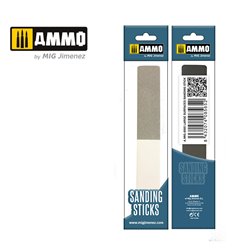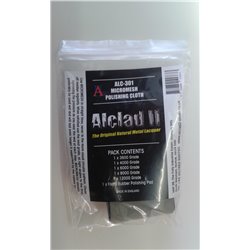(Cue nostalgic music...) I vividly remember the excitement and nervousness of opening up my first model kit many...
No products
Product successfully added to your shopping cart
There are 0 items in your cart. There is 1 item in your cart.
Search Tips
How can I safely remove ejector pin marks from model parts without damaging them?
Ejector pin marks are distinctive, consistently sized circular effects that can appear on the surface of model parts. These are an inevitable part of the manufacturing process used by manufacturers to help eject plastic sprues and other parts from the moulding machines. The resultant ejector pin marks can be either recessed into or protruded from the surface of the plastic. Most modern manufacturers will go to considerable lengths to hide these marks as they can severely detract from surface details and spoil the overall effect for the modeller. As such the marks are located on the underside of a part or other locations that will not be visible when the model is complete.
Unfortunately, it is not always possible to hide these pin marks. Additionally, many older or vintage models utilised older, less sophisticated moulding technology that was not able to conceal these marks. This inevitably leaves the modeller with a conundrum. To either, A. ignore them, or, B. attempt to remove them. In some cases, A. may be the most practical approach, especially where the offending marks are not easily visible. On other occasions, due to the sheer number of marks in obvious locations, B. becomes the most desirable option.
Raised marks are best removed with a combination of a sanding stick and a hobby knife. Where the marks are relatively low then a sanding stick may be the most practical option. Start with a fairly coarse grade and gently work down, being careful not to damage the surface. Once closer to the surface a very fine-grain sander can be used followed by a polishing stick. Hobby knives can be used to whittle down more prominent marks, although care should be exercised to avoid damage to the surface.
Recessed marks can be filled in with modelling putty, the shape of the mark may offer assistance in placing the putty. Any excess putty can then be removed by a process of sanding and polishing to the desired level.
Click here to receive the tips weekly in your mailbox. You can unsubscribe at any time.










